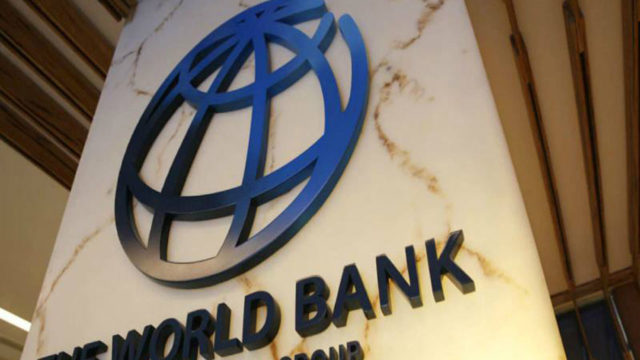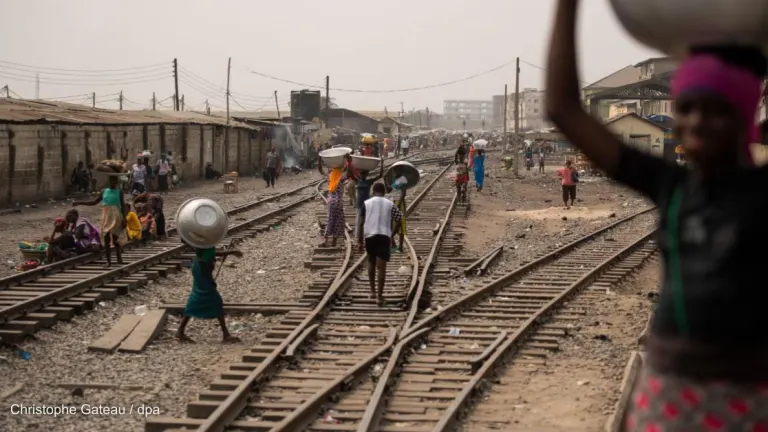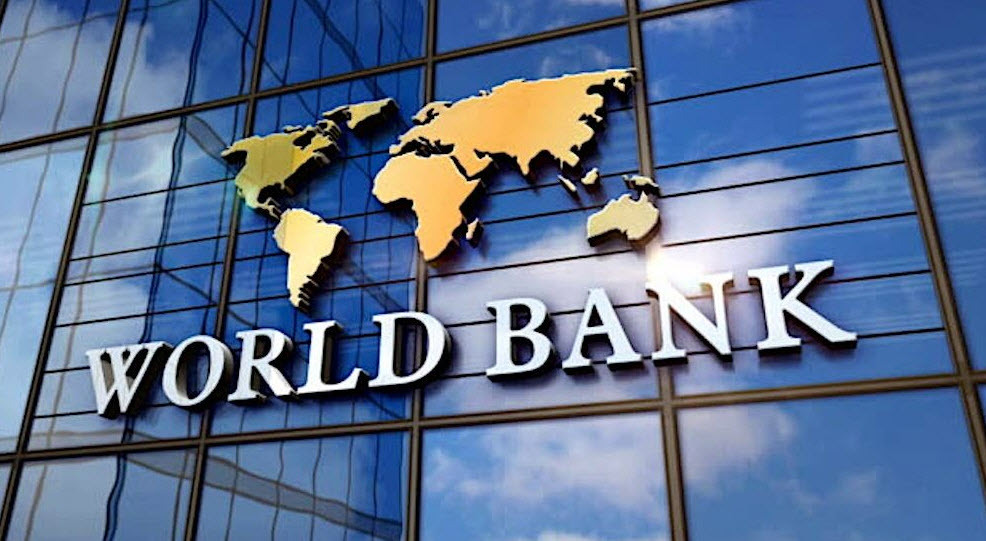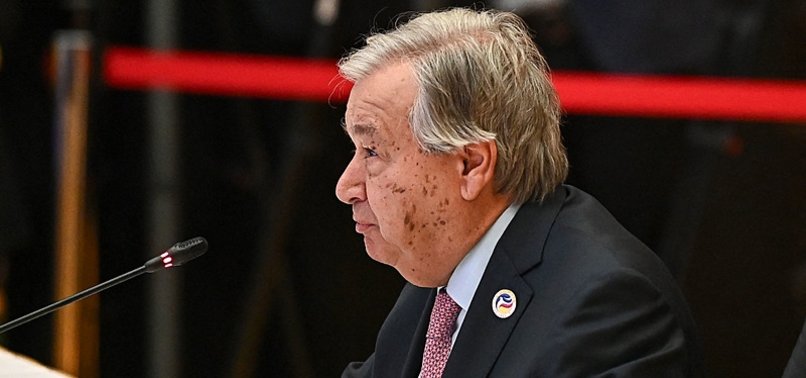The World Bank released a sobering report on Sunday, revealing that the world’s 26 poorest countries are facing their worst financial crisis since 2006.
These nations, which are home to 40% of the most impoverished people globally, are grappling with soaring debt levels and increasing vulnerability to natural disasters and economic shocks.
According to the report, these economies are, on average, poorer now than they were just before the COVID-19 pandemic, even as much of the world has bounced back from the crisis.
This alarming trend signals a significant setback in efforts to eradicate extreme poverty and highlights the urgent need for international support.
The report comes just a week before the annual meetings of the World Bank and International Monetary Fund in Washington, where discussions on global financial stability will take center stage.

The World Bank is actively working to raise $100 billion to replenish its financing fund for the poorest nations, known as the International Development Association (IDA).
READ ALSO: Trump Calls for Death Penalty for Migrants Who Kill Americans
Currently, the average debt-to-GDP ratio for these countries stands at a staggering 72%, the highest in 18 years.
Half of these nations are either in debt distress or are at high risk of falling into it. Reliance on IDA grants and low-interest loans has become crucial, as market financing options have dwindled.
Furthermore, the report underscores that two-thirds of these countries are experiencing armed conflict or instability, which hampers foreign investment.
Most of these nations depend heavily on commodity exports, leaving them exposed to volatile global markets.
“IDA has been a lifeline for these countries during a time when many have turned away,” said World Bank Chief Economist Indermit Gill.

Over the past five years, the IDA has directed substantial resources to keep these economies afloat amidst unprecedented setbacks.
Natural disasters are compounding the crisis, with average annual losses amounting to 2% of GDP over the past decade—five times the losses seen in lower-middle-income countries.
The World Bank emphasizes the need for enhanced investment and suggests that these nations improve tax collection and public spending efficiency to aid their recovery.















